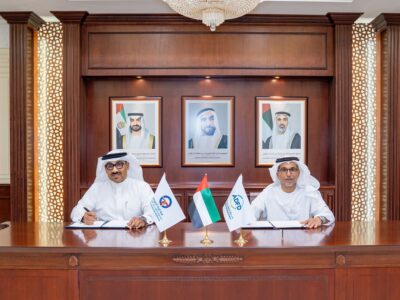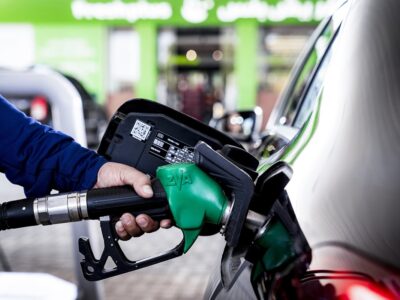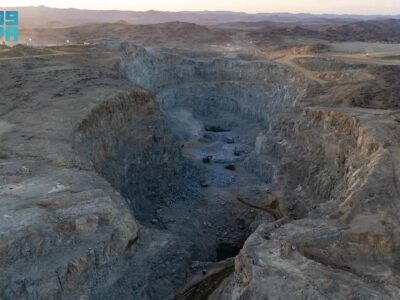Sun-drenched Kuwait, a desert nation with no solar-power
plants and electricity demand that’s growing about 8 percent a year, has set
the most ambitious target for using renewable energy in the Gulf region.
OPEC’s fifth-biggest oil producer, whose air conditioners
run cheaply off state-subsidized oil-fired power plants, aims to generate 10
percent of its electricity from sustainable sources by 2020, said Eyad Ali
al-Falah, assistant undersecretary for technical services at the Ministry of
Electricity and Water.
Kuwait is trying free up more oil for export and expand its
generation capacity to support increased tourism, manufacturing and home
building in a $112bn development program. To meet its clean-energy target,
which exceeds the 7 percent goal set by Abu Dhabi in the United Arab Emirates,
Kuwait next must gather data on sunshine and wind speeds, al-Falah said.
“Renewable energy is a new subject for Kuwait,” al-Falah,
who coordinates alternative energy for the ministry, said in an interview at
its headquarters outside Kuwait City. “That’s why there’s a lack of information
regarding the suitability of renewables for our weather.”
While analysts are skeptical Kuwait will meet its target,
they don´t question the economic case that underpins it. The Arab country
consumed 413,000 barrels a day of oil in 2010, about 16 percent of production,
according to the BP Statistical Review of World Energy for 2011. That’s 66
percent more than in 2000, while production increased about 14 percent.
In a nation where summer temperatures can top 50-degrees, domestic
consumption has more than doubled in the last 10 years as production is little
changed.
Gulf oil producers need to generate more electricity to meet
demand that’s growing an average of 10 percent a year, Jarmo Kotilaine, chief
economist at National Commercial Bank in Jeddah, Saudi Arabia, said in March.
“We definitely see solar potential in Kuwait,” said Rajit Nanda,
chief financial officer for ACWA Power International, a Saudi Arabia-based
company that develops electricity and water projects. While Kuwait hasn’t
kick-started renewable energy projects, “there’s a lot of peak demand when
solar resources are at their best.”
Kuwait could then export more fuel and generate higher
revenue instead of pumping it into electricity plants, Nanda said. Oil
contributed 95 percent of the KD11.89bn ($43bn) in revenue the country recorded
for the five months through Aug 31.
Article continues on
next page…
“Kuwait is not going to come anywhere close to meeting that
target,” said Robin Mills, head of consulting at Manaar Energy in Dubai. “The
UAE will come closer but will still miss its goal. Kuwait is taking its time
deciding which technologies to use, and thereby delaying implementation.”
Kuwait subsidizes electricity for more than 1 million
Kuwaiti citizens and about 2.5 million expatriates. They pay 2 fils (7 US
cents) a kilowatt-hour compared with more than 35 fils a kilowatt-hour for production,
according to al-Falah.
The country issued a tender in March to build the Al-Zour
North power plant, one of Kuwait’s biggest projects to boost supplies, which
could cost an estimated 750 million dinars.
The country imports liquefied natural gas to supply its
power stations when demand peaks in the summer months. Kuwait is also planning
to build a new oil refinery at a cost of at least 4 billion dinars to help meet
domestic demand. Less than 1 percent of the power supply is from renewable sources.
Jutting 53ft high along one of Kuwait’s busiest highways,
the country’s only wind turbine generates five kilowatts of electricity to
power lights in the garden of Mohammed al-Naki, a former engineer in the
Kuwaiti army and an environmental activist.
“At least if I fix something in my house, it helps,” al-Naki
said in an interview at his home. “If I can do it, you can do it, and pressure
would ease on the government’s production of electricity by 10 percent.”
Though a more common site in other Middle East and North
African countries, a wind turbine in the holder of the world’s sixth-largest
oil reserves is novel.
The Kuwait Institute for Scientific Research is studying
building wind turbines capable of adding 10 megawatts to the main electricity
grid and which may be started this year, al- Falah said. Electricity
consumption in the summer months of 2010 reached 99 percent of capacity.
Another project in Abdaliyah, southwest of Kuwait City, is
planned to build a combined-cycle gas power plant, with a capacity of 220
megawatts, enhanced with solar radiation generating another 60 megawatts.
There is also a proposal to build a 50-megawatt power plant
using photovoltaic panels, which convert sunlight directly to electricity,
al-Falah said.
Other countries in the region already have their own plans
for renewable energy and are turning them into action.
Masdar, a $22bn renewables company owned by Abu Dhabi, has
solar plants already and started building a low carbon-emitting city. Dubai,
the second-largest sheikhdom in the UAE, said last month it will soon announce
plans for the emirate’s first utility-scale solar plant.
Qatar and the UAE are among the first oil producers in the
Middle East to seek United Nations credits for alternative- energy projects.
Al-Naki, the former army engineer, said aside from a wind
turbine, he uses a rooftop solar panel to heat water used in three bathrooms in
his house in Salwa, 16km south of Kuwait City.
“It’s also fun,” he said. “A culture for a new generation,
and why not?”








